AMD Reveals Threadripper 2 : Up to 32 Cores, 250W, X399 Refresh
by Ian Cutress on June 5, 2018 11:05 PM EST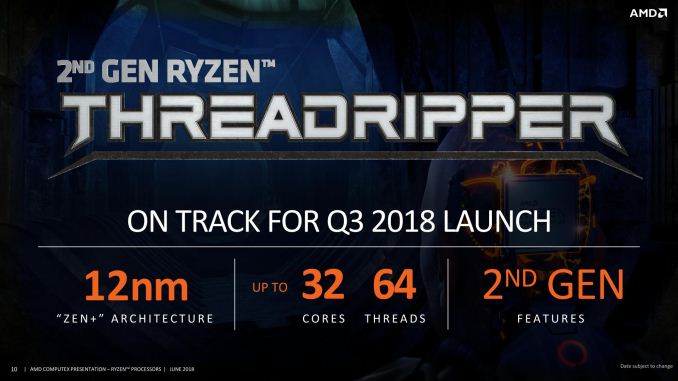
One of the surprises from AMD’s first year of the newest x86 Zen architecture was the launch of the Threadripper platform. Despite the mainstream Ryzen processors already taking a devastating stab into the high-end desktop market, AMD’s Threadripper offered more cores at a workstation-friendly price. For 2018, the next generation is going to be using AMD’s updated 12nm Zeppelin dies, as well as including a few new tweaks into the system including better boost and faster caches.
This article is still a work in progress, and will be updated as more news comes in.
AMD’s Zeppelin silicon has 8 cores, and the first generation Threadripper uses two of them to get to the top-SKU of 16-cores. Inside the CPU however, there are four pieces of silicon: two active and two inactive. For this second generation of Threadripper, called Threadripper 2 or the Threadripper 2000-series, AMD is going to make these inactive dies into active ones, and substantially increase the core count for the high-end desktop and workstation user.
At the AMD press event at Computex, it was revealed that these new processors would have up to 32 cores in total, mirroring the 32-core versions of EPYC. On EPYC, those processors have four active dies, with eight active cores on each die (four for each CCX). On EPYC however, there are eight memory channels, and AMD’s X399 platform only has support for four channels. For the first generation this meant that each of the two active die would have two memory channels attached – in the second generation Threadripper this is still the case: the two now ‘active’ parts of the chip do not have direct memory access.
This technically adds latency to the platform, however AMD is of the impression that for all but the most memory bound tasks, this should not be an issue (usually it is suggested to just go buy an EPYC for those workloads). While it does put more pressure on the internal Infinity Fabric, AMD ultimately designed Infinity Fabric for scalable scenarios like this between different silicon with different levels of cache and memory access.
Update: AMD has just published a full copy of their slide deck for the Threadripper 2 presentation. In it are a few interesting factoids.
| AMD Threadripper CPUs | |||||
| Threadripper 2 32-Core Sample |
Threadripper 2 24-Core Sample |
Threadripper 1950X |
Threadripper 1920X |
||
| Socket | TR4 (LGA) 4094-pin |
||||
| CPU Architecture | Zen+ | Zen+ | Zen | Zen | |
| Cores/Threads | 32 / 64 | 24 / 48 | 16 / 32 | 12 / 24 | |
| Base Frequency | 3.0 GHz | 3.0 GHz | 3.4 GHz | 3.5 GHz | |
| Turbo Frequency | 3.4 GHz (WIP) | 3.4 GHz (WIP) | 4.0 GHz | 4.0 GHz | |
| L3 Cache | 64 MB ? | 48 MB ? | 32 MB | 32 MB | |
| TDP | 250W | 250W | 180W | 180W | |
| PCIe 3.0 Lanes | 60 + 4 | ||||
| Chipset Support | X399 | ||||
| Memory Channels | 4 | ||||
- Both the 24-core and 32-core sample CPUs are clocked at 3.0GHz base and 3.4GHz all-core turbo, with the latter being a work-in-progress according to the company.
- The 32-core system was equipped with DDR4-3200 memory. This is notable because the Ryzen processors based on the same 12nm Zeppelin dies officially max out at DDR4-2933.
- The codename for the processor family is listed as "Colfax". This is the first we've heard this codename from AMD.
- Despite the high TDP, both CPUs used in AMD's demos were air-cooled, using AMD's Wraith Ripper Air Cooler
Also announced at the presentation is the state of play of motherboards. According to the motherboard vendors These new Threadripper 2000-series processors will have a peak TDP rating of 250W, which is much higher than 180W we saw on the 1950X. We have been told by partners that the 250W rating is actually conservative, and users should expect lower power consumption in most scenarios. Nonetheless, it was stated by several motherboard vendors that some of the current X399 motherboards on the market might struggle with power delivery to the new parts, and so we are likely to see a motherboard refresh. That is not saying that the current X399 offerings will not work, however they might not offer overclocking to the level that users might expect. At Computex there are new X399 refresh motherboards being demonstrated by a few companies, and we will report on them in due course. Other specifications are expected to match the previous generation, such as PCIe lane counts, despite the newly active dies.
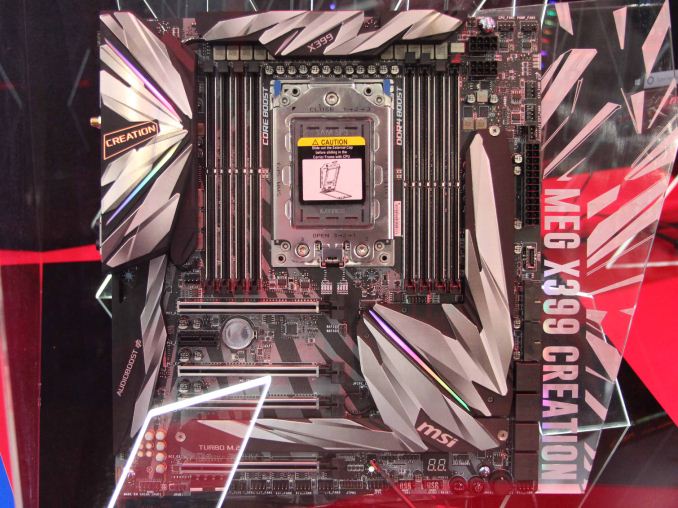
MSI's 19-phase X399 Refresh Motherboard
The launch for these new processors, according to our moles is in early August. This aligns with what AMD stated at the beginning of the year at CES, and is almost a year from the original Threadripper launch.
Pricing on the processors is set to be revealed either today or closer to the launch time. We will update this piece as more information comes in.
It will be interesting if AMD is going to go through the ‘unboxing’ embargo this time around, or just jump straight to full performance reviews. As always, come to AnandTech for the full story.
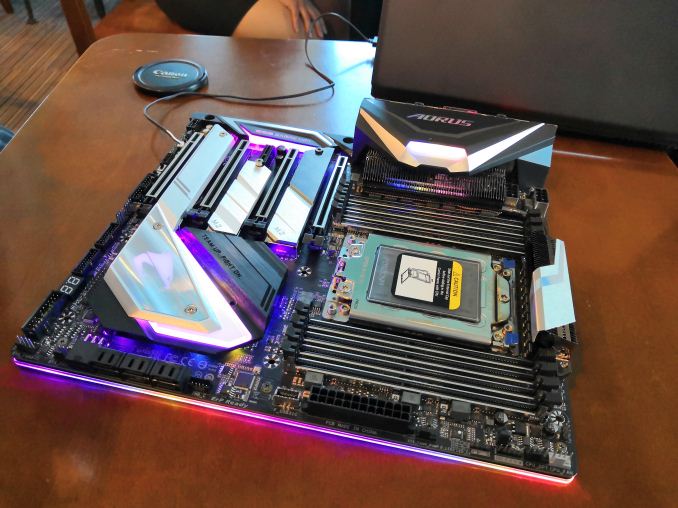
GIGABYTE's new X399 Refresh Motherboard
| Want to keep up to date with all of our Computex 2018 Coverage? | ||||||
 Laptops |
 Hardware |
 Chips |
||||
| Follow AnandTech's breaking news here! | ||||||



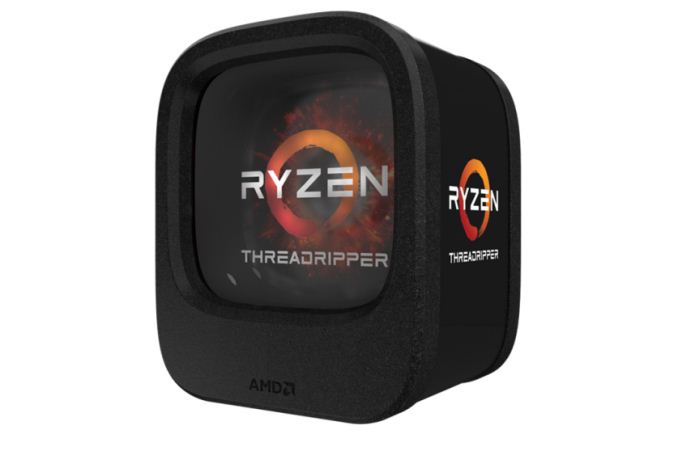
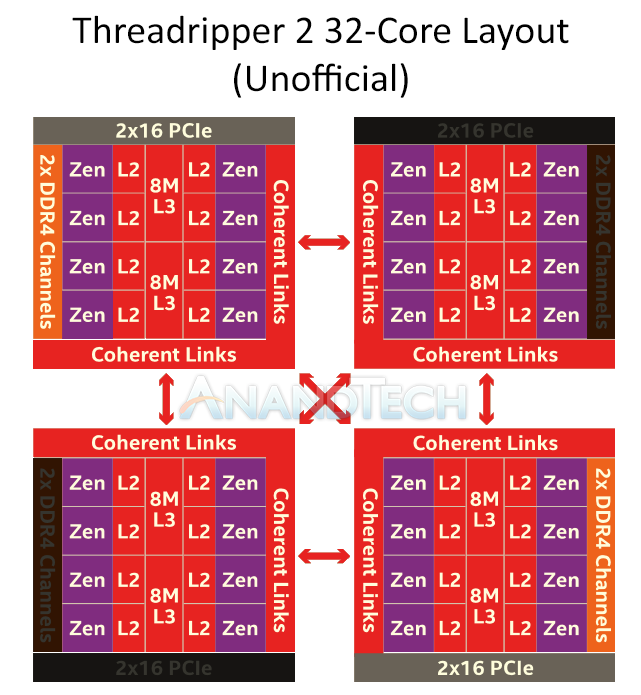
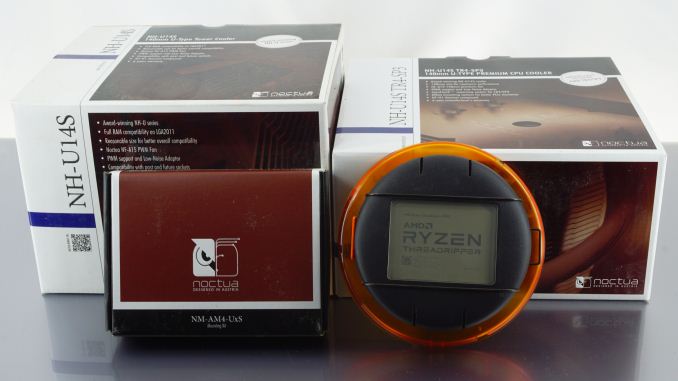














203 Comments
View All Comments
phoenix_rizzen - Wednesday, June 6, 2018 - link
This is a very nice board to work with. We're using it to build an iSCSI storage server at work. There's lots of RAM slots, lots of PCIe slots and lanes to work with, and the integrated 10 Gbps Ethernet was the icing on the cake (compared to the SuperMicro boards available for EPYC). Price was surprisingly low for all the features it includes.Only downside was that it took about 6 months for all the parts to arrive. And the onboard SATA controller is a weird one that uses slimSATA connectors with breakout cables to connect 4 SATA devices each (doesn't work with multi-lane backplanes we discovered). Our next build will use a direct-connect backplane to allow the use of the onboard SATA controller; for this build we had to add an LSI/Avago/Broadcom HBA.
Pork@III - Tuesday, June 5, 2018 - link
At last a teraflop processor from AMD for the amateur marketZippZ - Wednesday, June 6, 2018 - link
Intel's 5ghz 28 core was used to steal AMDs thunder and I doubt they'll sell more than a handful if any. You can't really compare an AMD 32 core that uses 300 watts for chip and cooling to Intel's chip that probably uses 1 to 2kw.PixyMisa - Wednesday, June 6, 2018 - link
This is very likely true.remosito - Wednesday, June 6, 2018 - link
Forget about the 5GHz. The real question is how high can it go on air?If it's above 4GHz. And AMD only gains a couple hundred on their WIP 3.4GHz. 28 Cores over 4GHz will still breat 32 at 3.6GHz in both singl and multithread workloads.
duploxxx - Wednesday, June 6, 2018 - link
one might already start by looking at the current stats of the cpu....https://ark.intel.com/products/120496/Intel-Xeon-P...
28 cores
2.5 base up to 3.8 max turbo and pleasy look at the anandtech server article where it clearly explains how many cores can boost to which frequency when being used
205W
feel free to continue dreaming
tamalero - Wednesday, June 6, 2018 - link
Could they disable AVX512 or other parts to reduce the heat produced at the cost of some specific performante points?Right now it seems AMD will smoke intel's offer with more cores, less heat, less power and not require exotic cooling to make things worse for intel.
smilingcrow - Wednesday, June 6, 2018 - link
AVX offset is used for that.notashill - Wednesday, June 6, 2018 - link
Intel's advertised clocks are already without AVX512 running and they throttle heavily when it is. Example: Xeon Silver 4116 is 2.1Ghz base clock but only 1.4Ghz when AVX512 is active.Luckz - Wednesday, June 6, 2018 - link
AVX doesn't exactly generate heat while not being used.